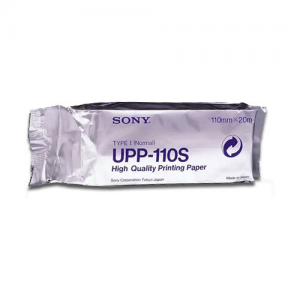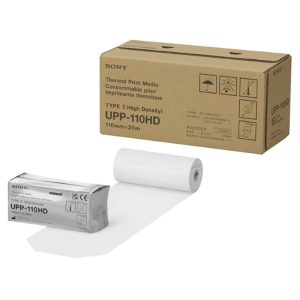Description
iCRco AirDRc Gadox
Technology
Powered by ICE-3
ICE-3 is the next generation of image processing. We upgraded our processing algorithm to enhance visuals, maximize resolution, and offer advanced evaluation tools for image manipulation. Our automatic image processing package increases visualization of fine-line detail and soft-tissue contrast. The Smart Smoothing™ technology improves image quality while preserving diagnostic detail for thicker body parts. Weighing in at just over 8 lbs, the iCRco AirDRc Gadox is an ultra-rugged, direct digital radiography panel that has been optimized for easy implementation and expedient workflow. Its thin frame, cassette-sized active area, and embedded AED allows for seamless integration into new or existing x-ray rooms. Utilizing advanced acquisition software, the iCRco AirDRc Gadox allows you to achieve amazing workflow, and save valuable time. The detector size boasts an impressive 17″ x 17″ active area, eliminating the need for rotation, making it more efficient in terms of workflow and patient throughput.
Detector
Single-Sensor Detector
The iCRco AirDRc Gadox is available in Gadox (Gos), offering the best option in terms of cost, dose, and resolution. The wired DR panel provides images in fewer than 5 seconds providing an ultra-fast workflow. The detector transmits images through its robust multi-channel communication cable into to the acquisition station. Other panels on the market can have as many as 5 separate sensors and the panel relies on these sensors to work in concert to acquire an image. Multi-sensor panels are often vulnerable to failure points between sensors, which can cause “no triggers” and “false triggers” during a routine study and ultimately lead to unnecessary repeat exposures for patients.






